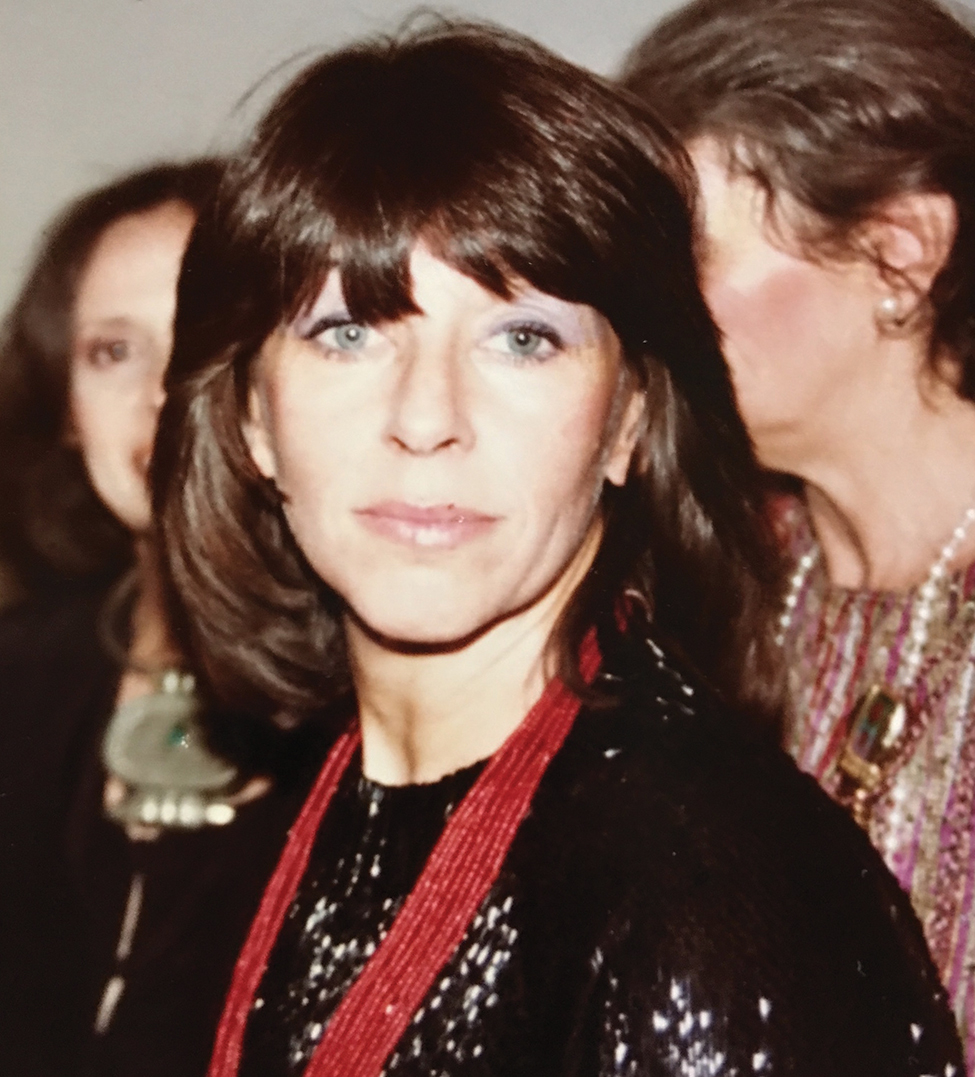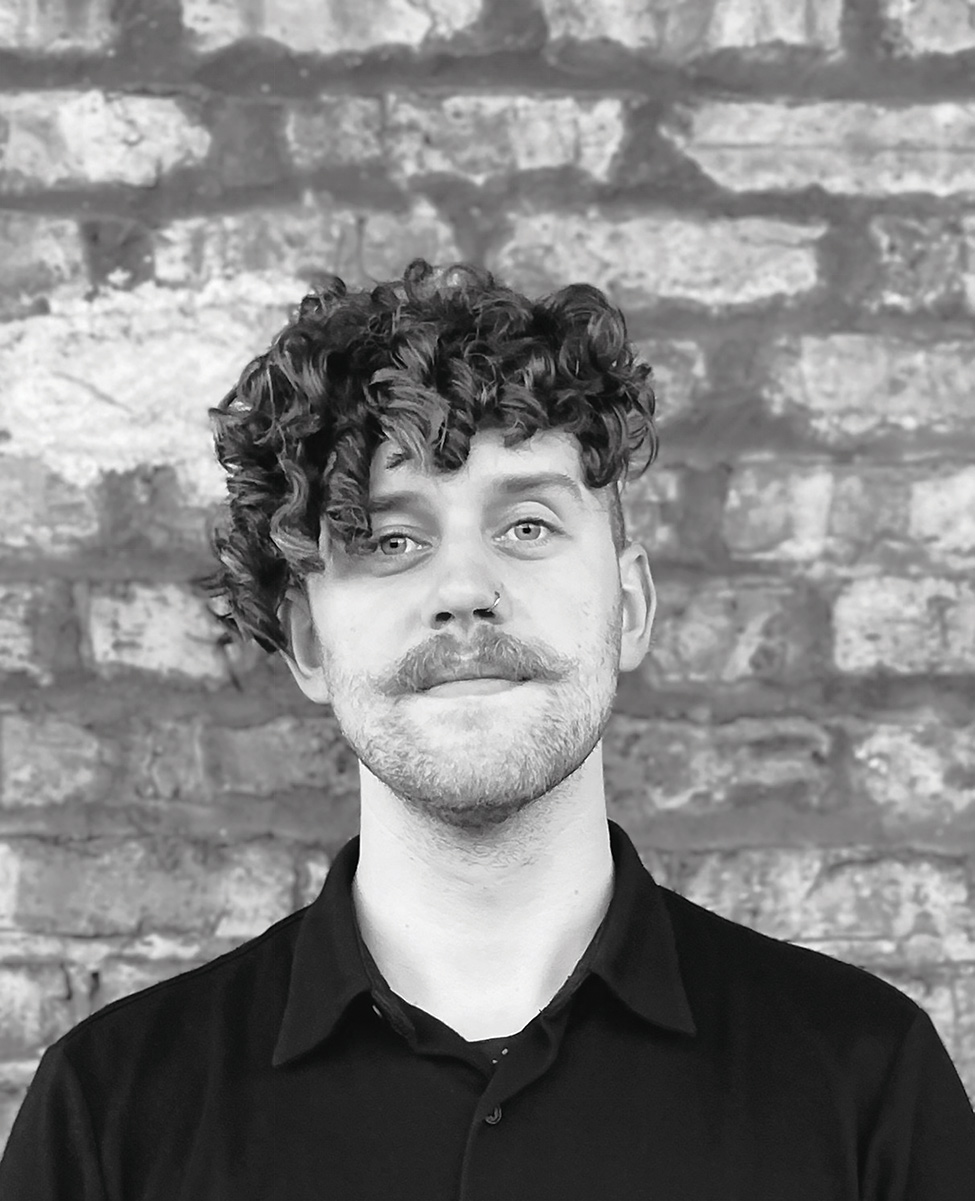CGN Interview Series: Sandra Hindman of Les Enluminures

Each week CGN interviews a local art-industry professional to discuss the ins and outs of running a space in the city of Chicago. This week we caught up with Sandra Hindman, owner of Les Enluminures.
Age: Perpetually young in spirit
Hometown: Chicago
Previous Occupation: Professor
Current Position: Founder and President Les Enluminures (Chicago, New York and Paris)
5 favorites from the past week
Restaurant: the Bella Vista (near my house in Italy, where I had the most delightful scallops this week)
Music: Flotow’s Martha (which I listen to when walking in the countryside)
TV: I just finished binge watching all the seasons of “Call the Midwife,” such an interesting take on women’s lives in the late 50s and early 60s
Favorite activity: Swimming a mile a day in the outdoor Olympic pool near my house in Italy (but when in Chicago I swim at the Peninsula, great pool)
Favorite recent trip: 4 days in Crete with some Italian girlfriends (amazing landscapes, wonderful food, herbs, teas, olive oil, no wonder the Cretans are the longest living people!)
CGN: Tell us a little bit about your background and how the gallery came to be?
SH: I grew up in Hyde Park (my father was on the Manhattan Project and at University of Chicago and Argonne National Laboratory). Although I wanted to be a famous scientist like my father, math was my worst subject. I suppose my mother’s attraction to art (she filled our house with reproductions of famous paintings – in my room, there was a Renoir, a Degas, and a Modigliani -- and took me to the Art Institute of Chicago on Saturdays) was what eventually led me to art history. Professors at University of Chicago, then at University of California at Berkeley, stimulated my interest in medieval art, specifically in manuscripts, and I went on to get a PhD in medieval art history.
Following that I taught for many decades, first at The Johns Hopkins University and then at Northwestern University, where I twice served as Chair of the department.
One day sometime in the 1980s, sitting in my office at Northwestern, the phone rang, and it was an art dealer from Ohio, asking me to write some descriptions of medieval manuscript leaves that he was taking for display at the New York Book Fair. I thought, “Well, why not?” although I had never done something like that before. Fast forward, I served as his “expert” for a number of years, wrote catalogues for him, suggested what purchases he should make at auction, and because most dealers in my field “outsource” their expertise, I helped other dealers identify and describe what they had for sale or were considering purchasing. For me, the “magic” of this experience was all about living closely with the material. As a scholar and professor, I spent years in research libraries, but having close access to manuscripts on a daily basis was a very moving and different experience.
Hence, my gallery, which I finally opened in Paris in 1991. Why Paris (apart from the fact that it’s one of the most beautiful cities in the world)? I already had an apartment there from my many years of research on French medieval manuscripts. But, more important, there was no dealer in my field in Paris, and besides there were always manuscripts coming available from French dealers and private collections. I wanted better access to these sources.
Chicago is my home. Although I have always had a commercial presence here, the USA side of my business operated on a very low profile out of my home for decades. In the past few years, I decided I wanted more visibility in Chicago. It’s such a great city for the arts. I had seen other spaces in the One Mag Mile building, and I love the award-winning architecture. Within the space of a morning, I signed on for a space that had hideous green shag carpeting from the '80s, lowered ceilings, and glass cubby-holes.
I saw possibilities. I brought my Italian architect over, and voila! Eight months later, in August 2016, we opened our Chicago premises. This has been a wonderful two years for us. In 2017, I gave a third of my collection of medieval manuscript leaves to the Art Institute, and in 2018 (January–May) they mounted a well-received and beautifully installed exhibition (The Medieval World at Our Fingertips) to celebrate that gift.
CGN: Share a typical day-in-the-life!
SH: Seat 1A on an airplane.
Actually, I borrowed that line from a client, who lives between Hong Kong, London, and New York. But it’s appropriate for my life as well. I live between Chicago, Paris, New York (our commercial spaces are in big cities) and Italy, where I have a house in a tiny farming community in Veneto. My mother is Italian, and I have been coming to the same area since I was 17 years old. I have 35 cousins here. So, it’s home. It has a huge beautiful garden – I call this part of my life “flower therapy” – and birds that chirp so loud you can hear them when I’m talking on the phone. Then, I work. I write on the computer. I still do many of our descriptions, contribute to our blog, write academic books (I have one on French language manuscripts that is going to press this summer in Belgium), contact clients, talk to employees in my various locations, visit museums. I love cooking, especially Italian and French, although I am accomplished in several different cuisines (I even taught Chinese cooking when I lived in Baltimore).
CGN: Best sale you've ever had?
SH: The best story concerns a work that I’ve often described as my favorite medieval manuscript leaf showing a group of people in a verdant landscape, illustrating the month of May. I long admired it in a private collection in New York. When it came up for sale, I bought it. It turned out to be a page from the Sforza Hours (a masterpiece painted in Milan in the 1490s) by the Italian artist Giovanni Birago. One day when Birago had gone out, some of the miniatures he was working on for this manuscript were stolen out of his workshop. They caught the monk who stole the miniatures, but the miniatures themselves never turned up. The manuscript was then completed by another Netherlandish painter, and it eventually ended up in the British Library.
"My" miniature of the month of May turned out to be one of the stolen miniatures! So, I sold it to the British Library and they reunited it with the original manuscript – 500 years later! A footnote: for insurance in the 1490s, they called in Michelangelo to do the appraisal, and he appraised the miniatures at the same value (then) as Leonardo’s Virgin of the Rocks.
CGN: Any major successes this year? What about challenges?
SH: I think the show at the Art Institute was the most significant event so far of my 2018. I am proud of my relationship with the museum, thrilled that I have been able to add to an already-fine collection, and I look forward to continuing association with the museum.
There are always challenges when one is in business. Employees come and go (we have about 15 employees in our various locations), clients too. Finding great works of art and placing them in great collections is always the biggest challenge. I am working on a few amazing projects now in this regard. Ask me again in 2019!
CGN: One piece of advice you would send back to your younger self?
SH: Enjoy everything you do. I really feel like I’ve done it right. I loved teaching, and I have students who hold positions in many renowned universities and museums. They remain my colleagues today, sort of like far-flung children. And, I love the creativity of having my own business, of thinking up projects that give pleasure and are commercially viable, of working with younger colleagues.
CGN: What do you look for in an artwork? When searching for yourself, what speaks to you?
SH: Quality, details, historical context.
I personally am very interested in art for and about women.
My largest personal collection includes most of the works by Dora Maar during the years that she lived with Picasso (and a few Picassos that relate to Dora Maar from the same years). But, I also have one of the two most significant collections of Alicja Halicka (the Polish wife of the famous Cubist painter Louis Marcoussis). If I could own any two illuminated manuscripts in the world, I would choose the Collected Works by Christine de Pizan (British Library Harley 4431) and the Darmstadt Haggadah, the former written by a proto-feminist author at the French court and illuminated for the Queen and the latter made for and used by young German women in the fifteenth century, women are pictured in it celebrating the Seder.
CGN: What’s coming up next at the gallery?
SH: We have many surprises for the latter half of 2018 and into 2019 – an exhibition of medieval and Renaissance rings, and an exhibition of three medieval masterpieces of manuscript illumination, the latter opening in New York at TEFAF New York in October, then exhibited in our New York gallery, before coming to Chicago in late November just in time for Christmas.
Sandra Hindman is the Founder and President of Les Enluminures on Michigan Avenue. For more information regarding the gallery please visit Les Enluminures.






